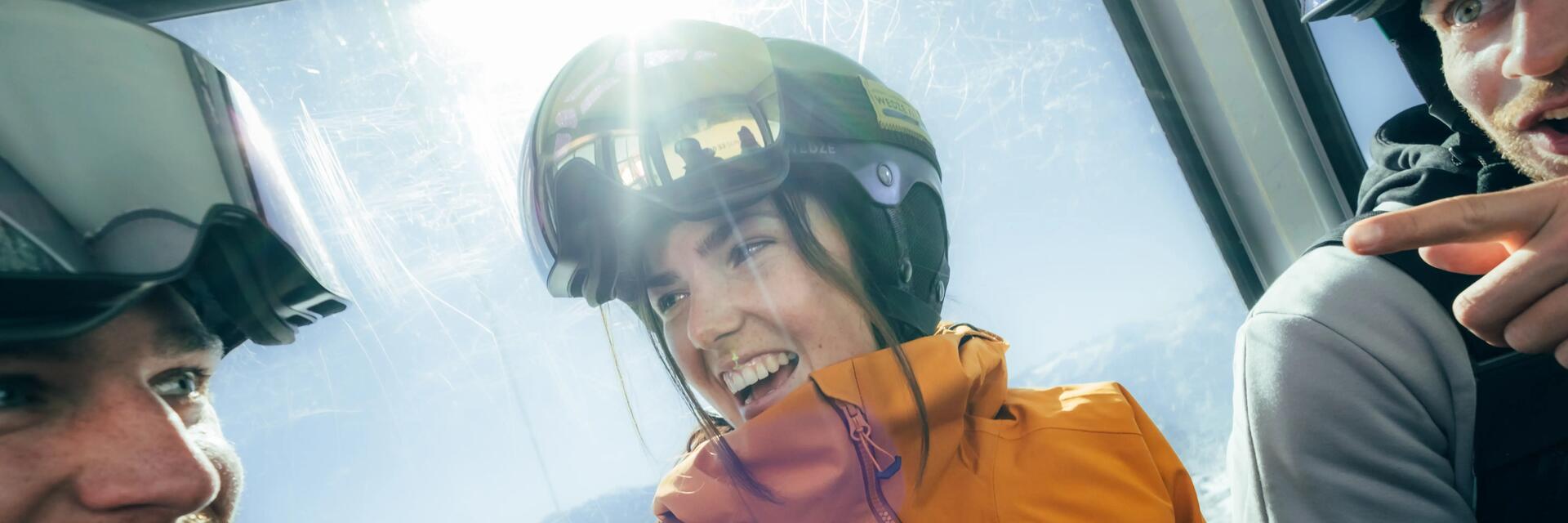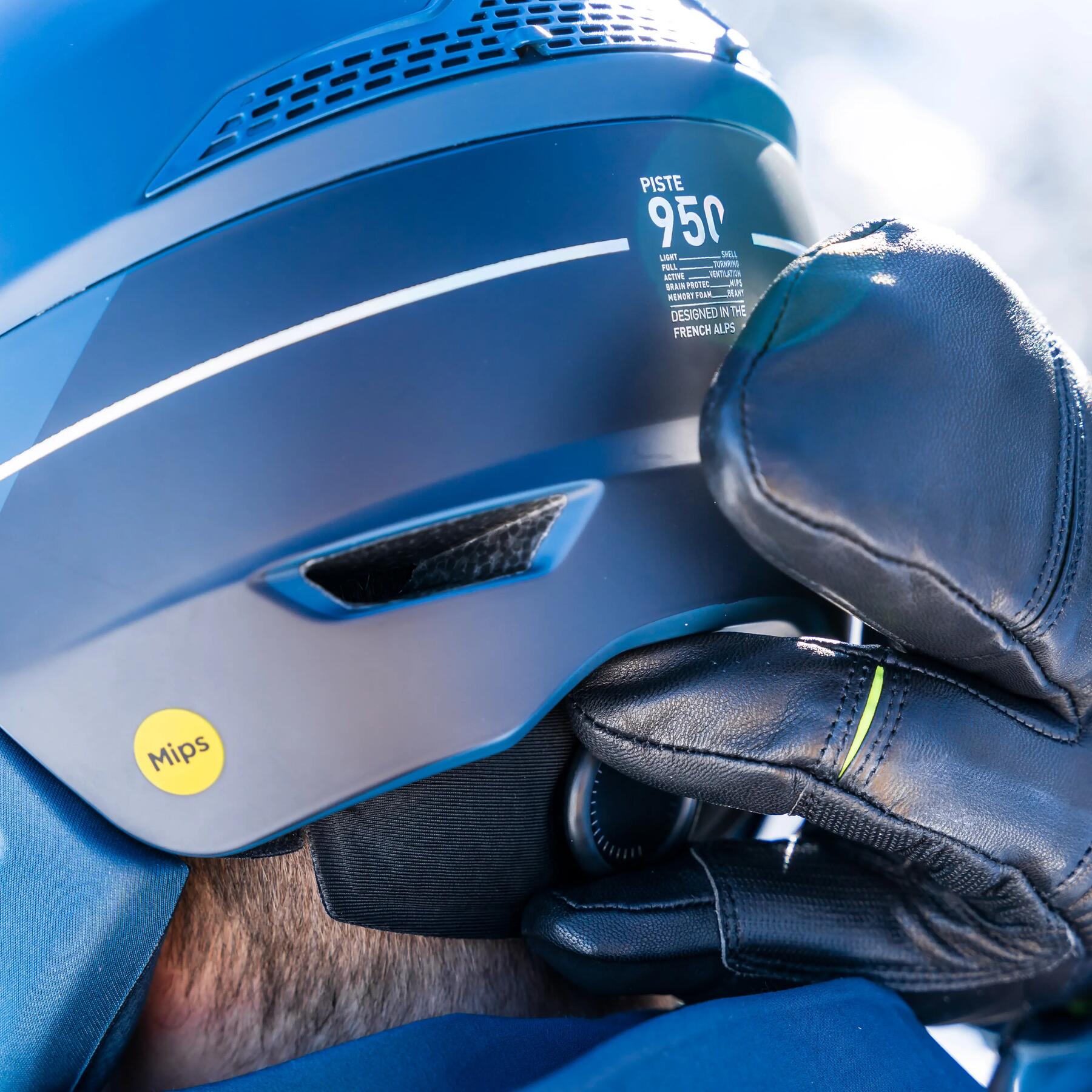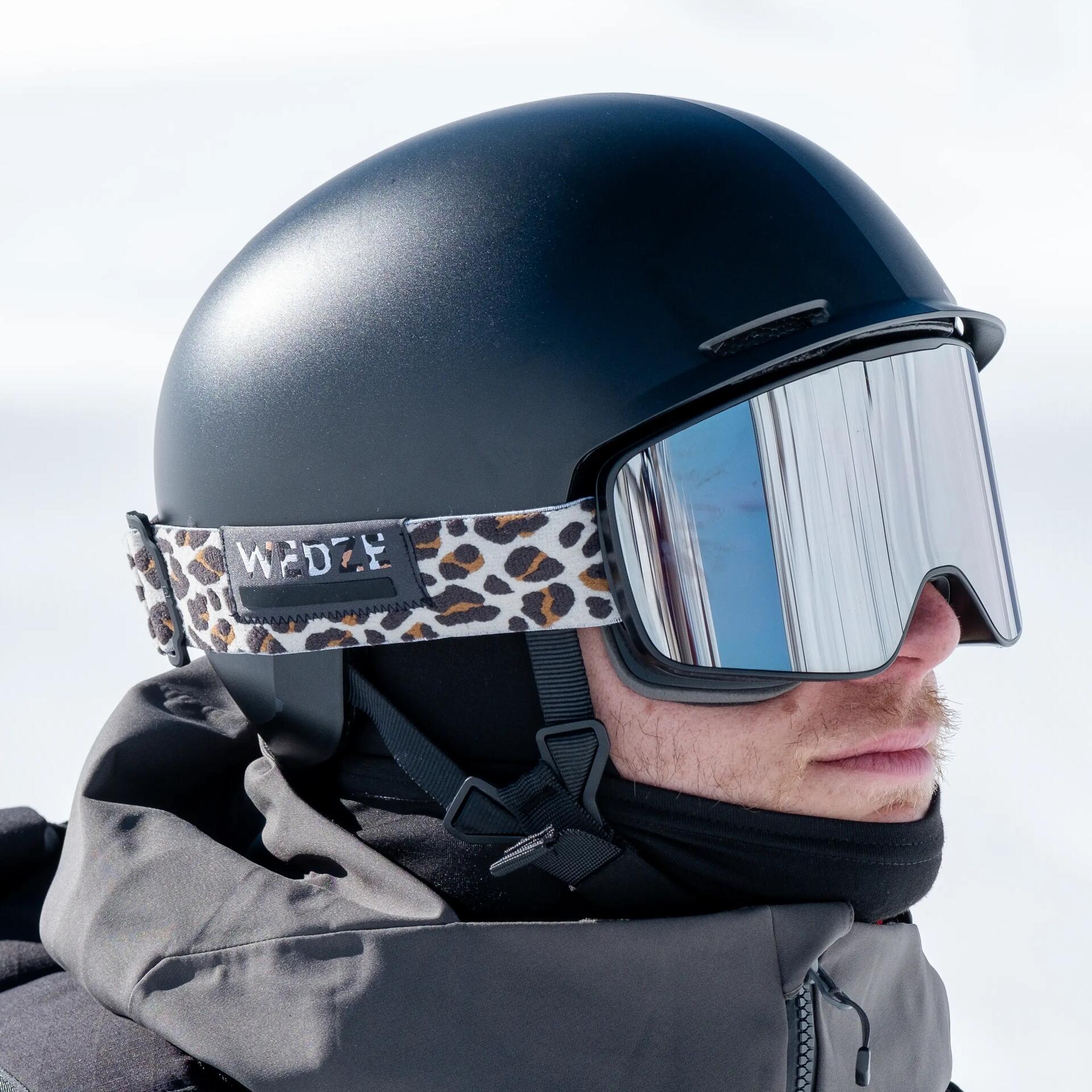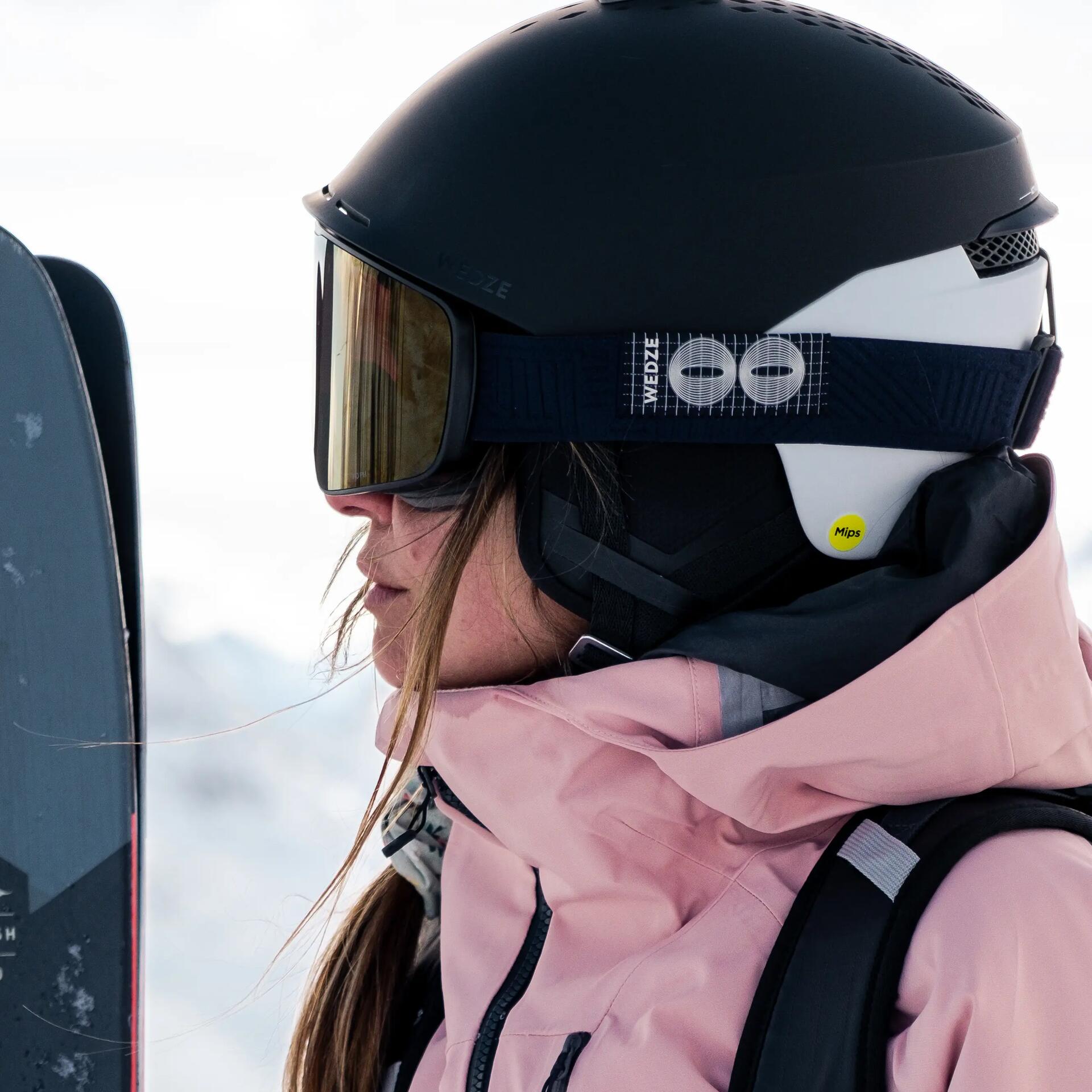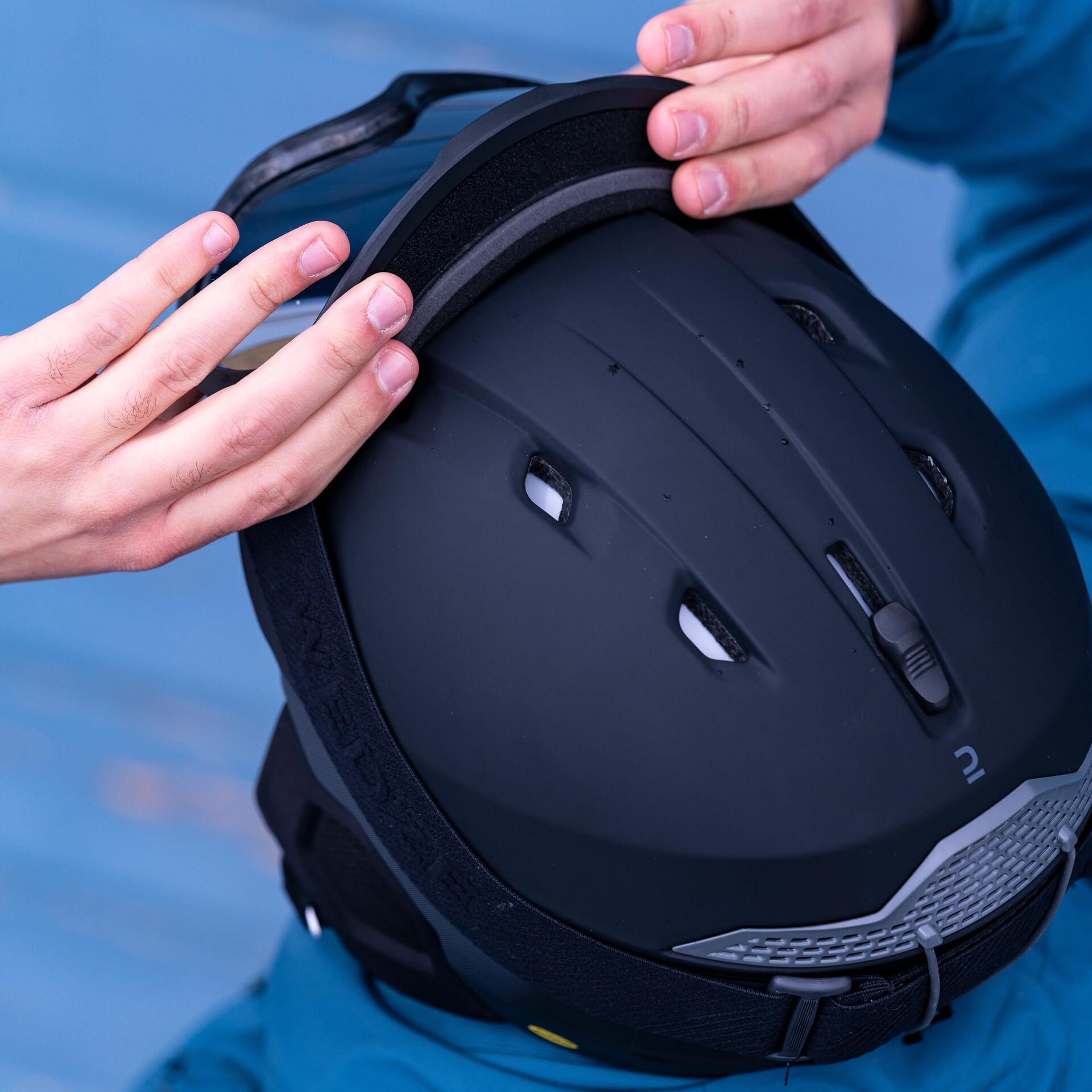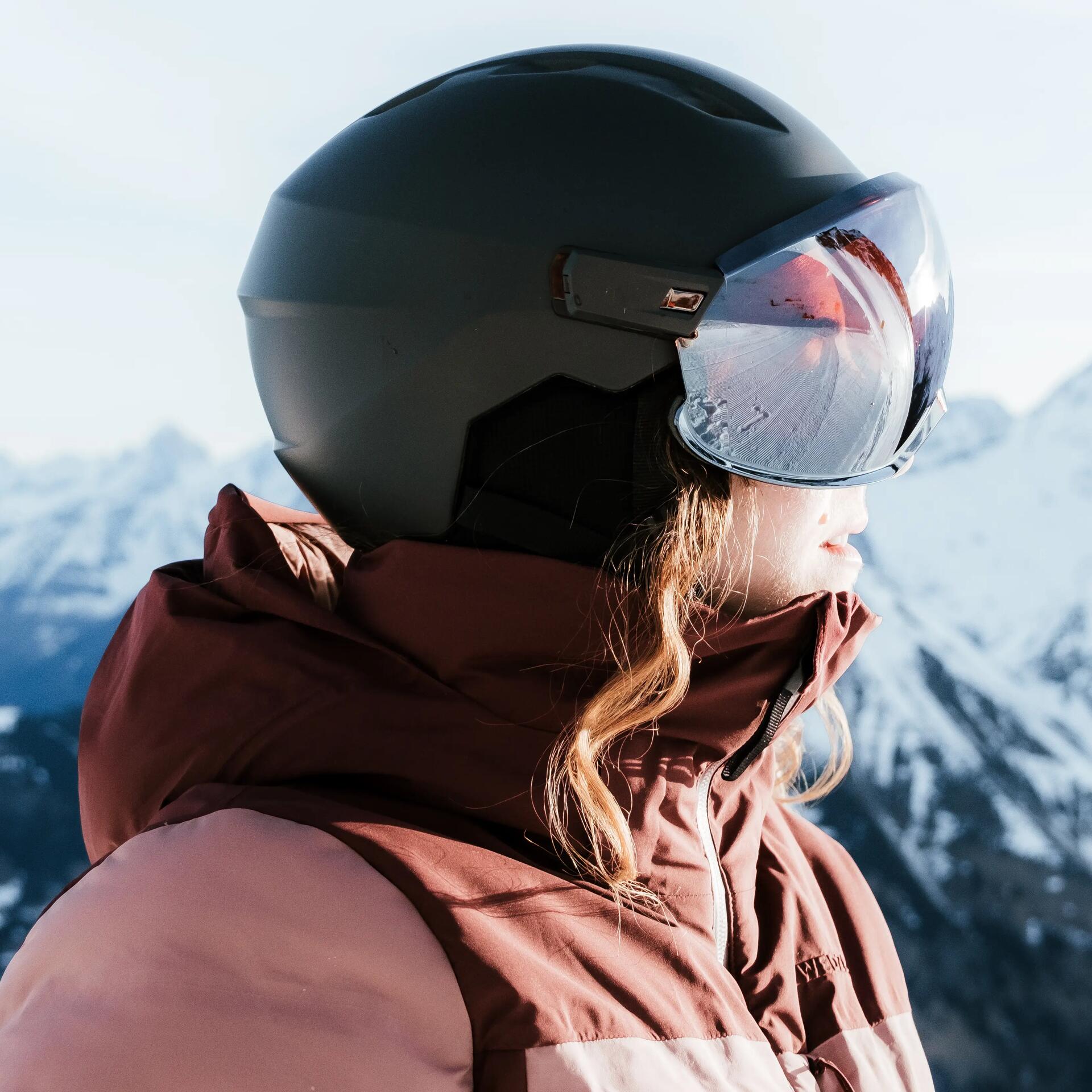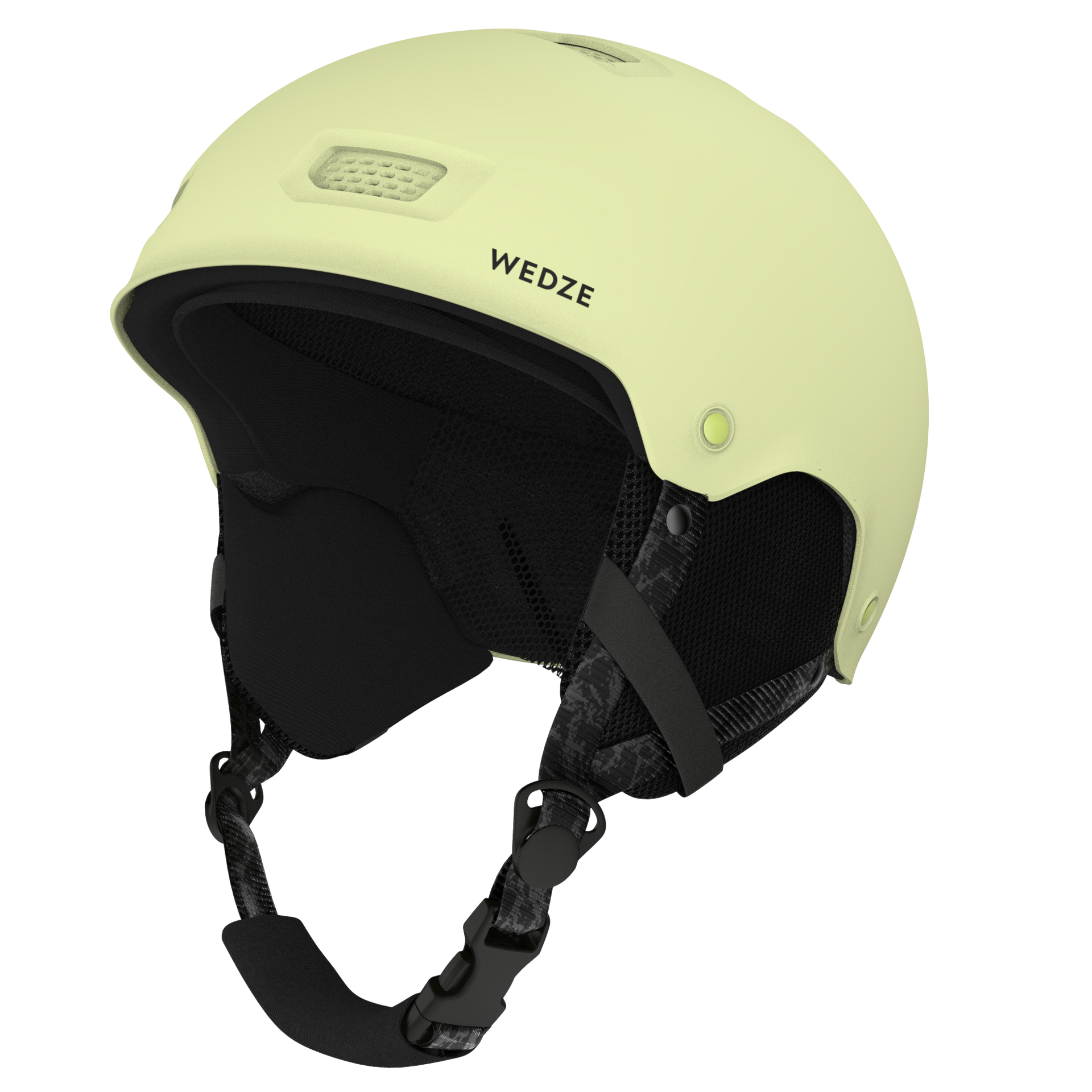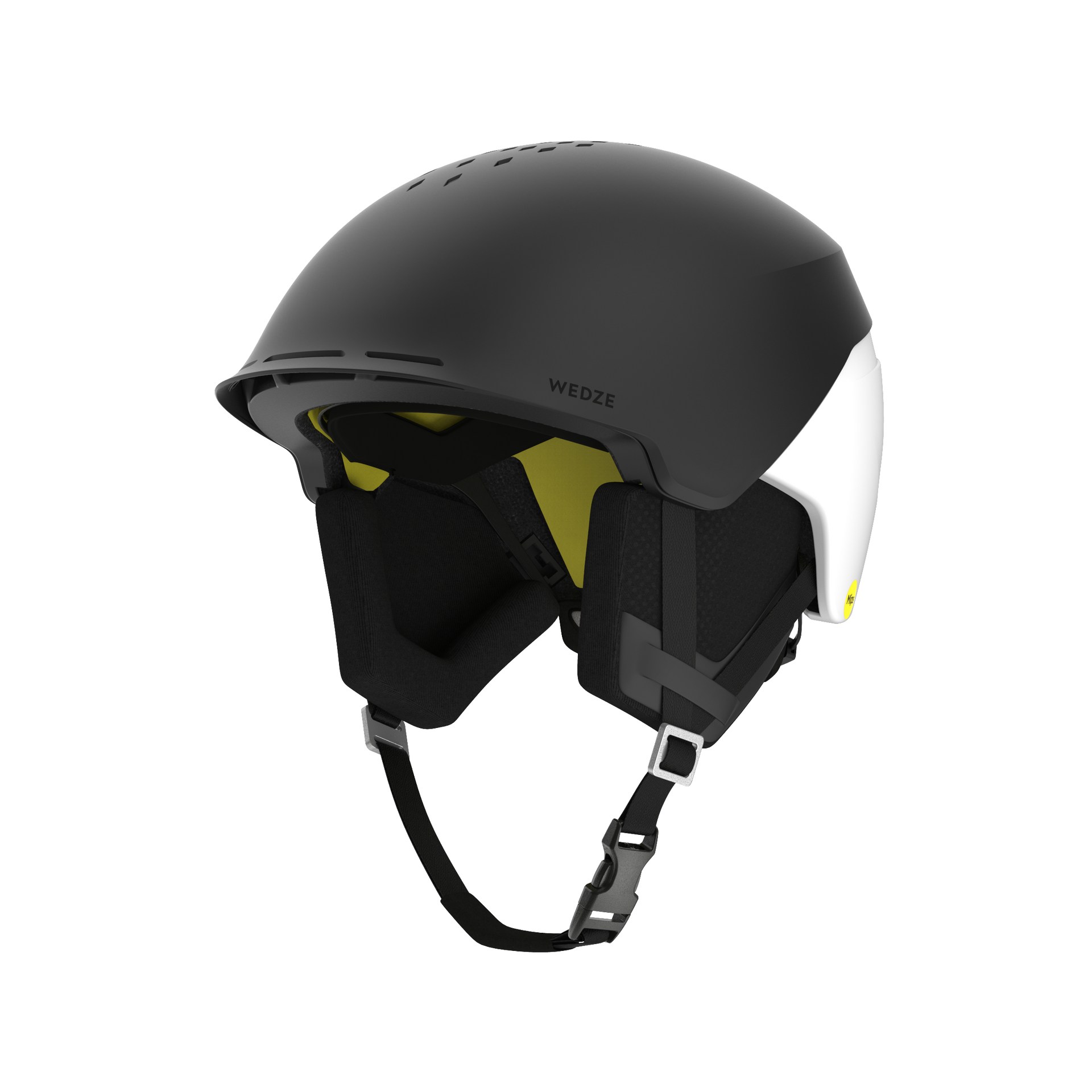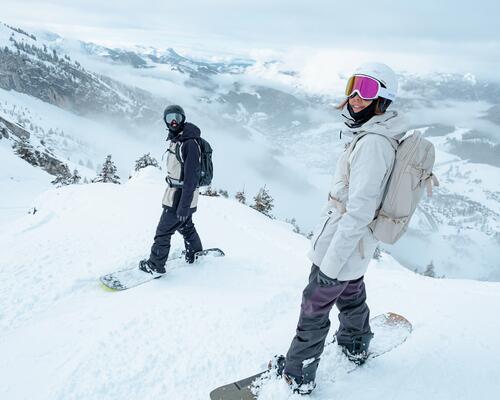Size and adjustment, the essentials of a ski helmet for safety and comfort.
Having a ski helmet that's the right size and properly adjusted is, unsurprisingly, the most important thing for your safety. Grégory, product manager for ski helmets at Decathlon, gives you all the details you need to optimise your adjustment and be well protected on and off the slopes. For text lovers, everything is explained below!
